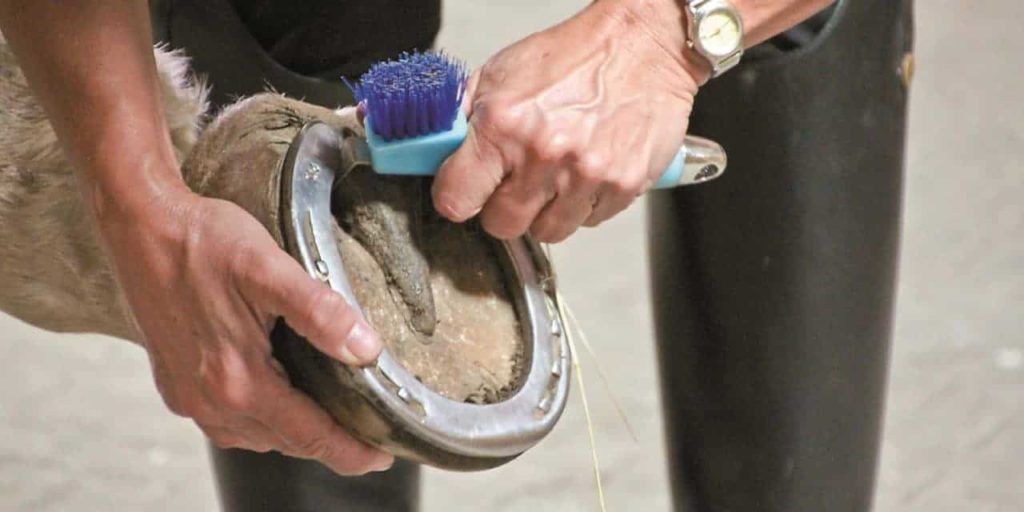

If you notice that your horse is behaving in an unusual manner and is walking in a somewhat strange manner, it is best to check for laminitis on the horse. This disease can affect horses of any age, and you must recognize the symptoms. If you don’t know the signs and how to treat laminitis, the E3 Live for Horses nutritional blue green algae horse hoof supplements for laminitis treatment will help you.
Understand what is laminitis ?
Previously laminitis was associated with ponies that were overweight. However, now the disease affects horses of all ages and sizes. As a result of this disease, the laminae attached to the pedal bone in the horse’s hoof is weakened. The horse’s pedals fell off the inside of his hooves. Because of this, the pedals can rotate and sometimes even penetrate the horseshoe. When the bone breaks through the poultice, this is called the “founder”. These bonds are formed from a dead layer and a sensitive living layer, such as the nail and nail bed. This shedding occurs when the layer bonds are broken.

Symptoms of laminitis
The initial symptoms of laminitis are called the acute stage. At this stage, the horse has suffered from laminitis, but the nails have not come off. Pay attention to the horse’s mood. Your horse may appear lethargic, and his appetite is reduced. Horses will be reluctant to move because walking is painful. The horse’s stance may also be unusual because it tries to avoid pain in the leg.
For example, your horse may push its forelegs to relieve pain. Watch for changes in gait, such as the horse cannot turn easily, especially on hard surfaces. Even if the horse appears calm when walking on soft surfaces, the way he walks may change on hard surfaces. In addition, the horse may change its pedestal frequently.
Check for changes in horse hooves. The hoof growth of the horse may diverge and create strange rings. In addition, the white patches may grow larger than normal inside the ring. You can see the hooves peeling and brittle around the edges. Also, feel the hooves of the horse as they may feel warm to the touch. This marks the early stages of laminitis.
Check for an increase in the horse’s heart rate and breathing rate. When a horse enters the early stages of laminitis, its heart rate and respiratory rate will increase. The heart rate will increase to 60 to 120 beats per minute, while the horse’s breathing rate will increase to 80 to 100 breaths per minute.
Check for subacute symptoms in horses. The subacute stage of laminitis is when the disease has lasted more than three days, but the nails have not come off. At this stage, the symptoms of the disease are not very obvious, but the signs are still the same as those in the acute stage, such as increased heart rate and changes in gait.
Look for changes to the way the horse stands. The horse’s legs will hurt, so the horse will try to shift its weight. Therefore, horses usually lean back and place all their weight on their heels. As a result, the horse appears to be leaning back. In addition, it will be difficult for us to move the horse because the horse is reluctant to move if it has found a comfortable standing position. The chronic stage begins when the horse’s hooves fall off.